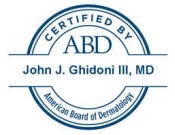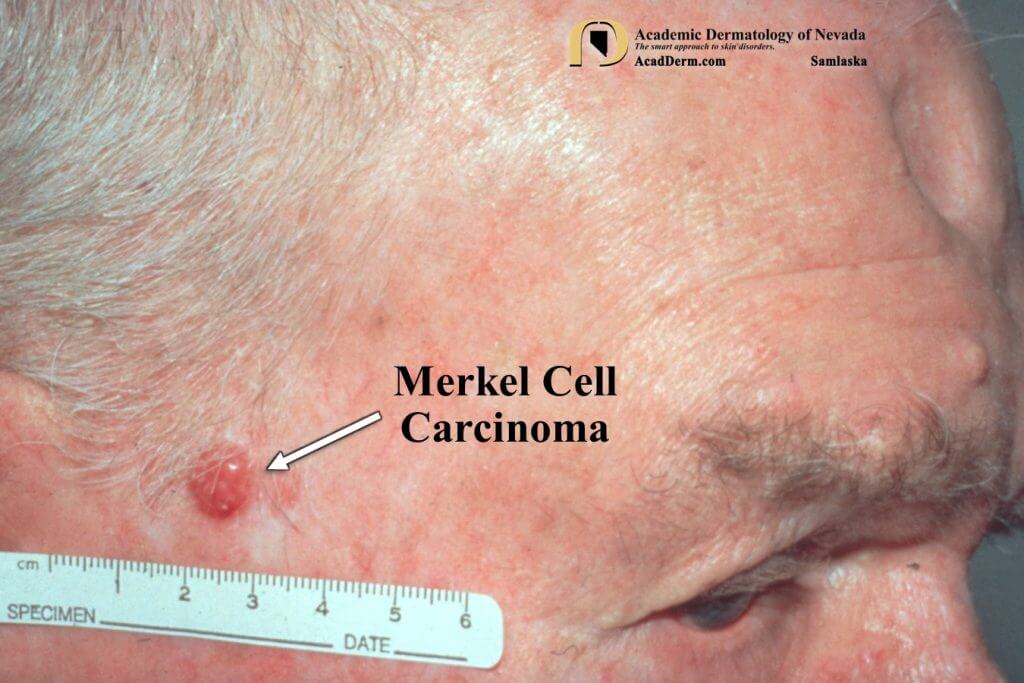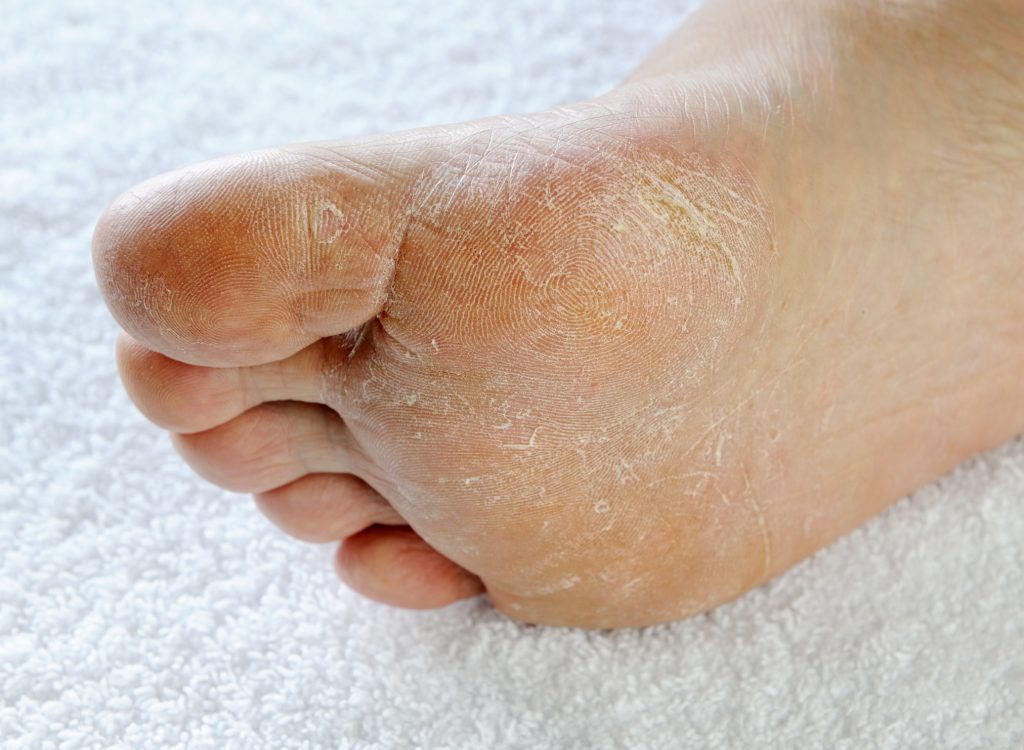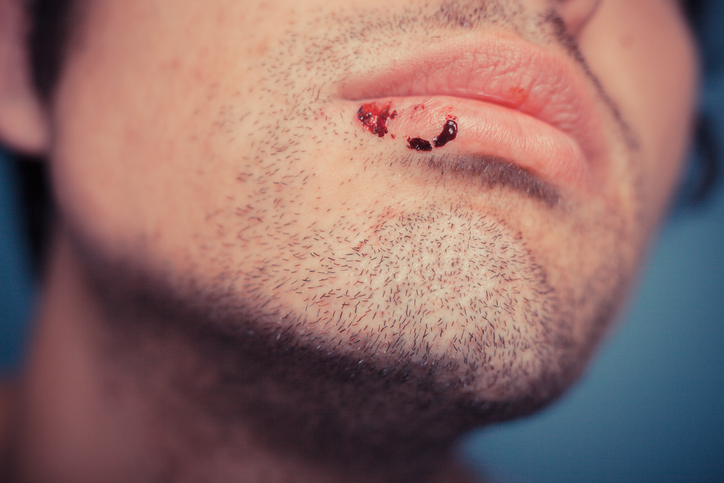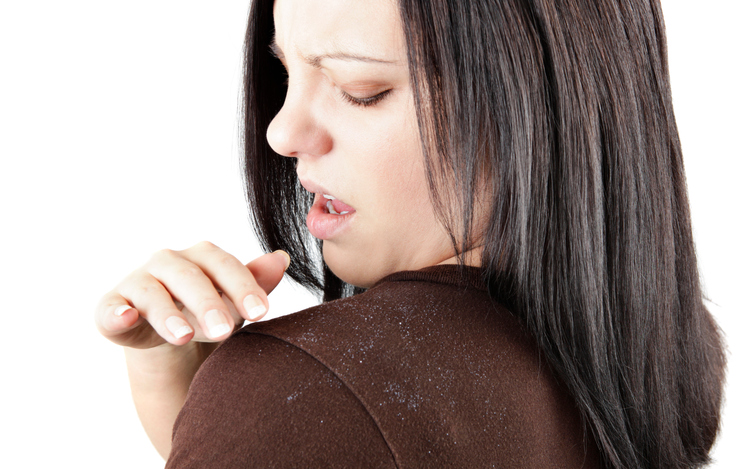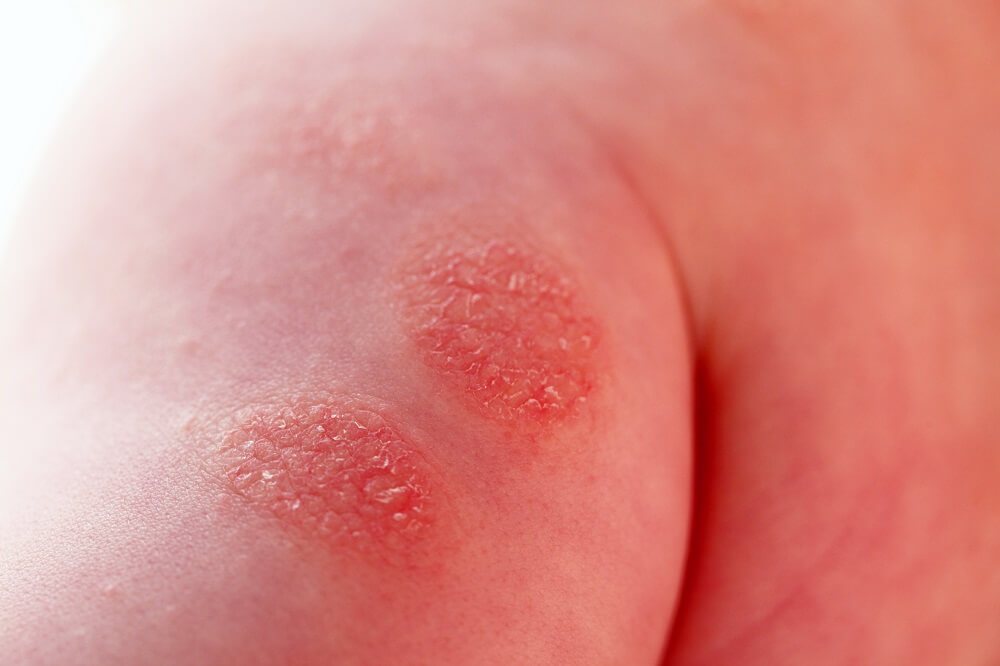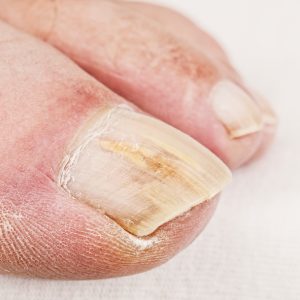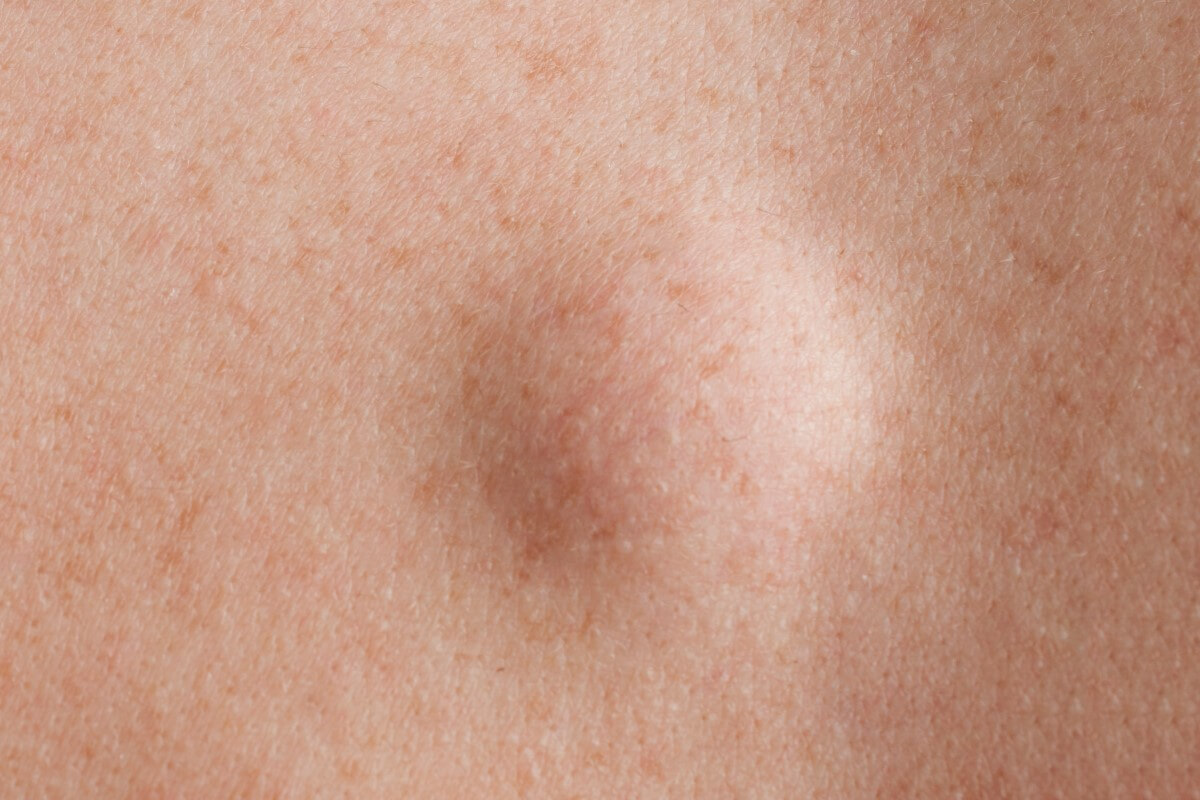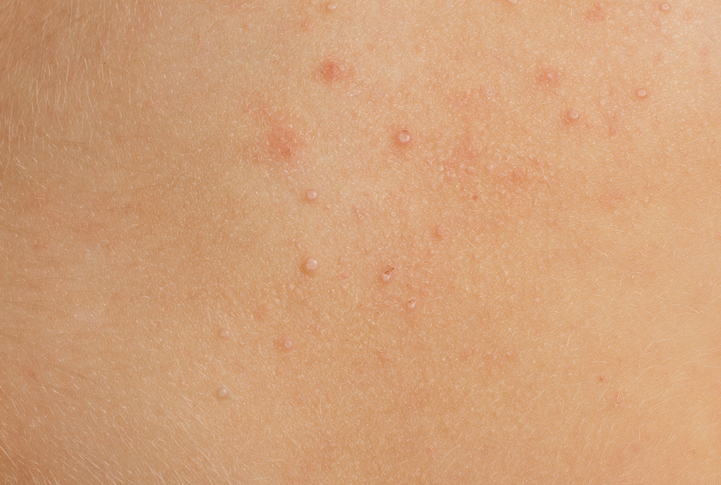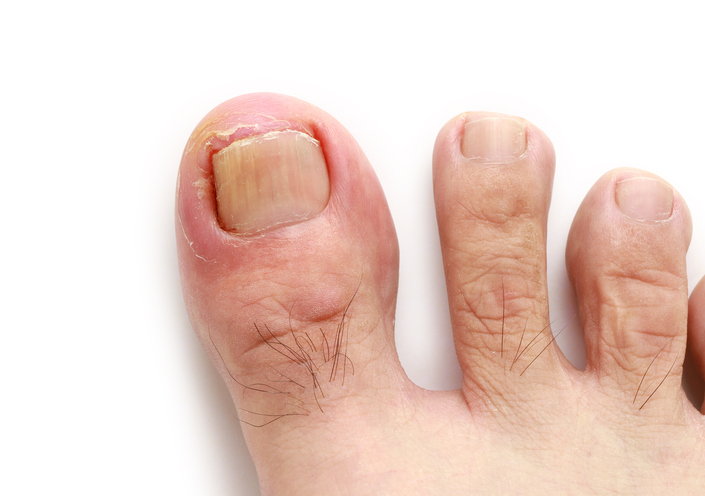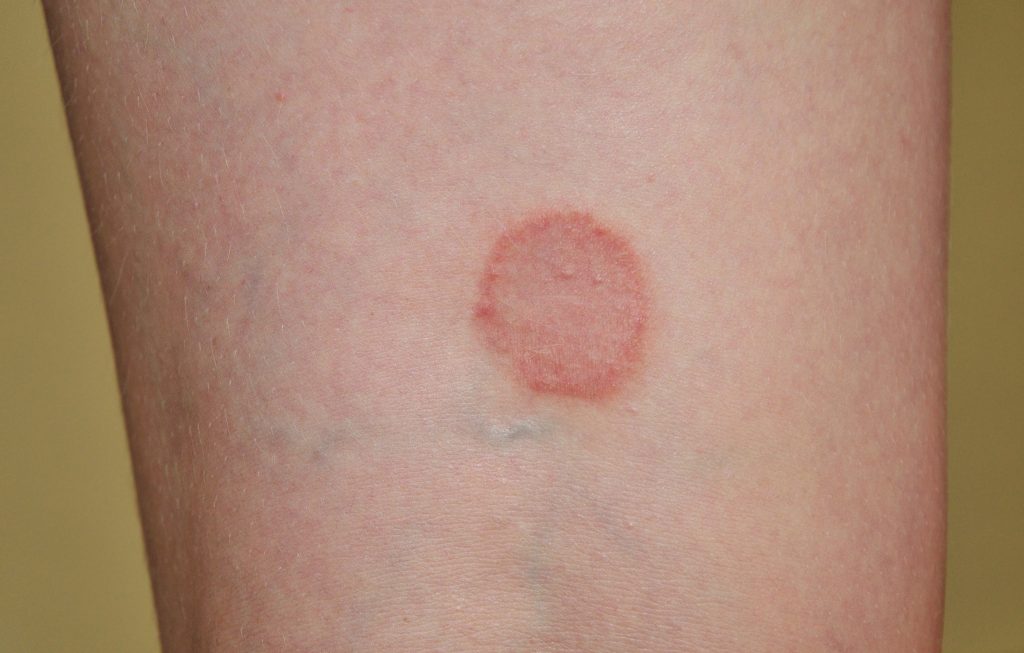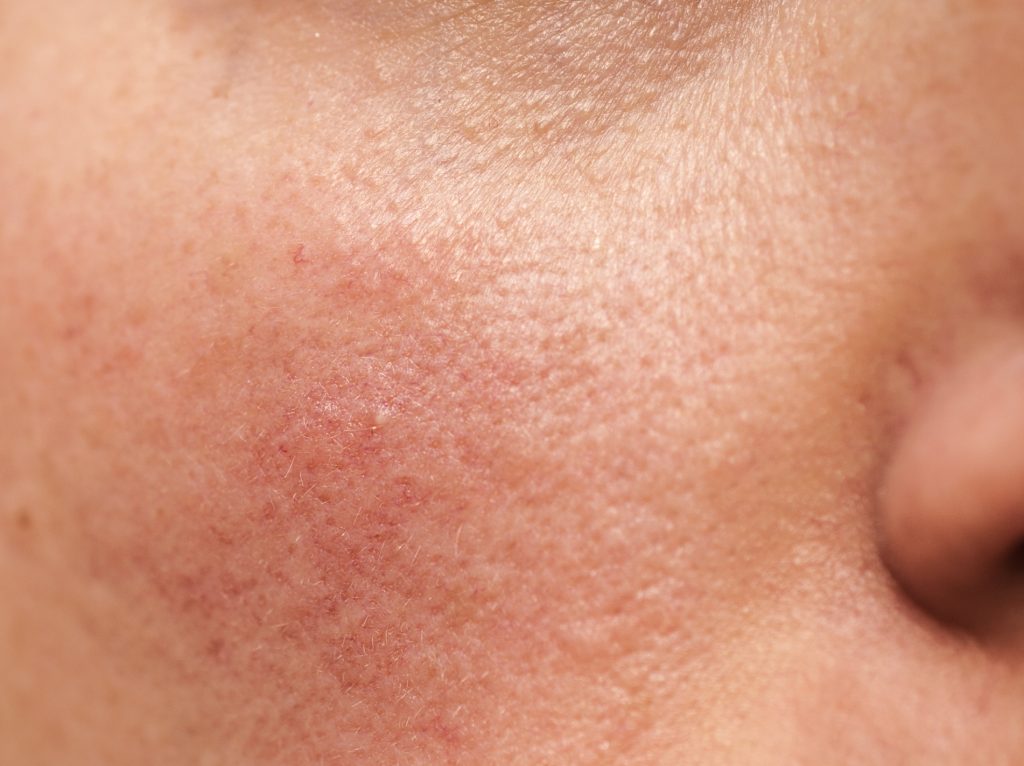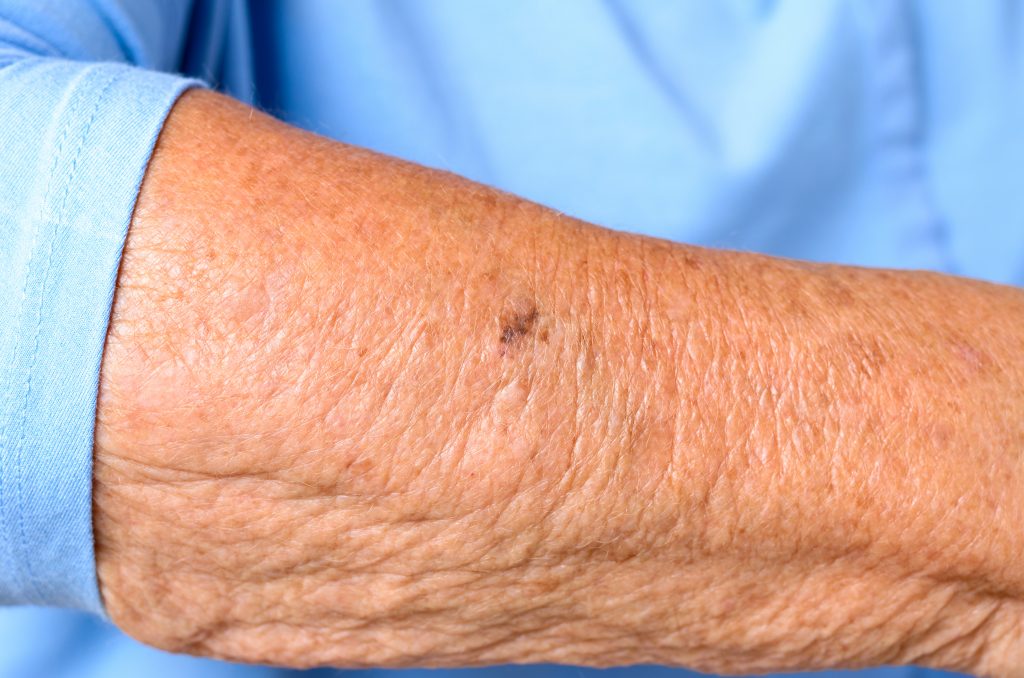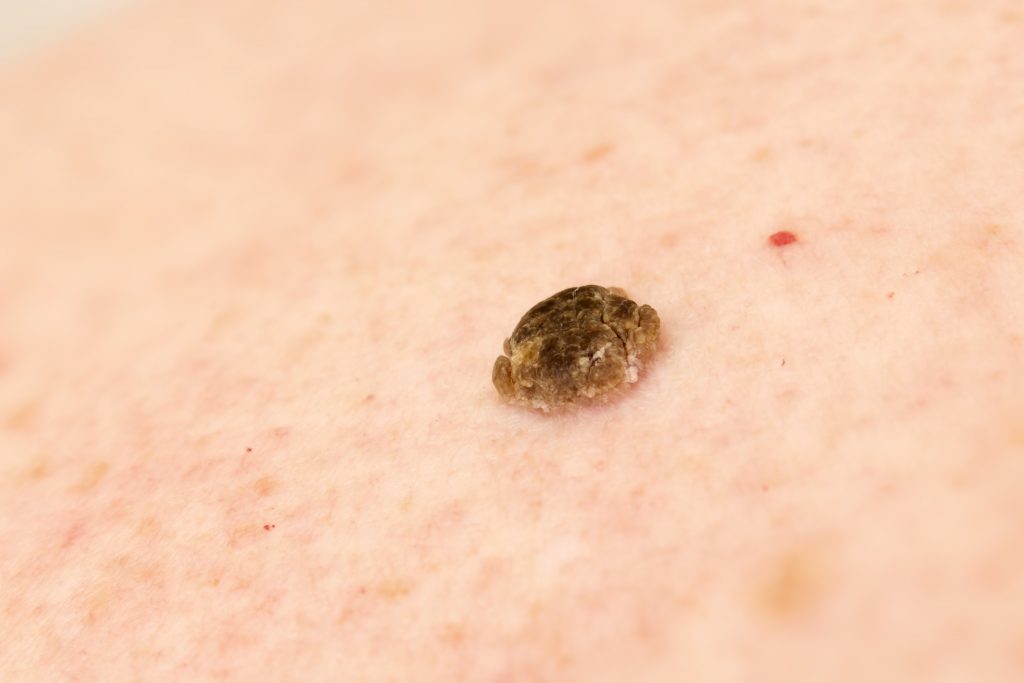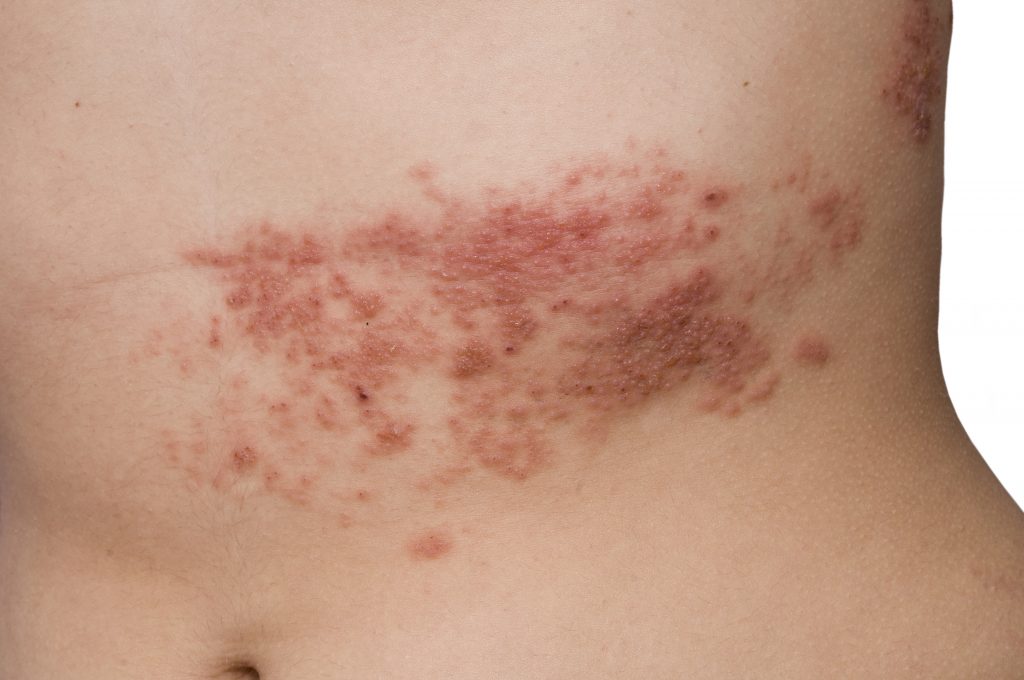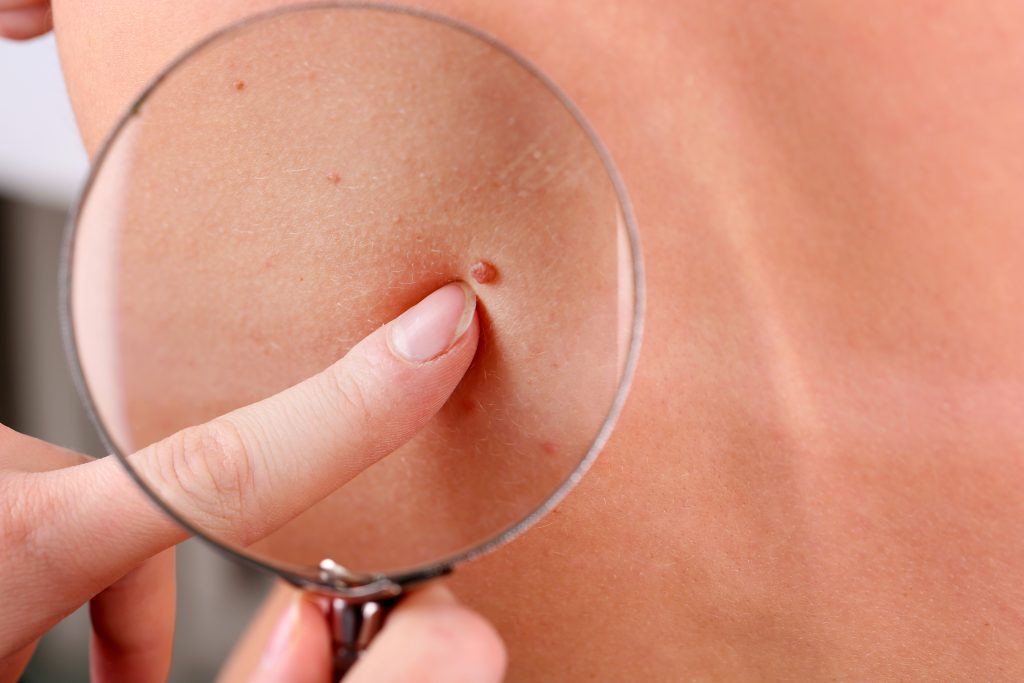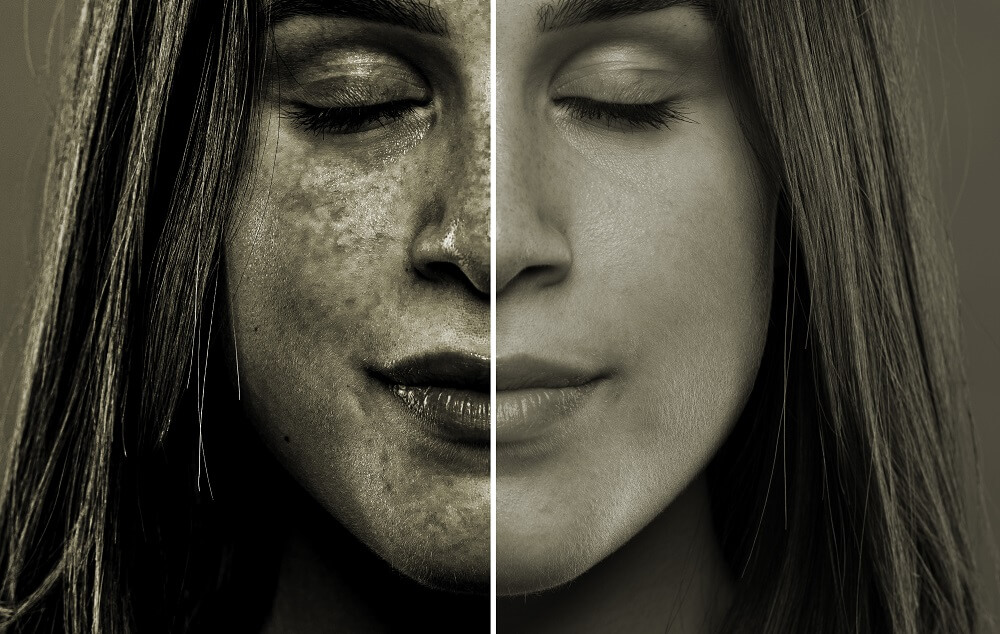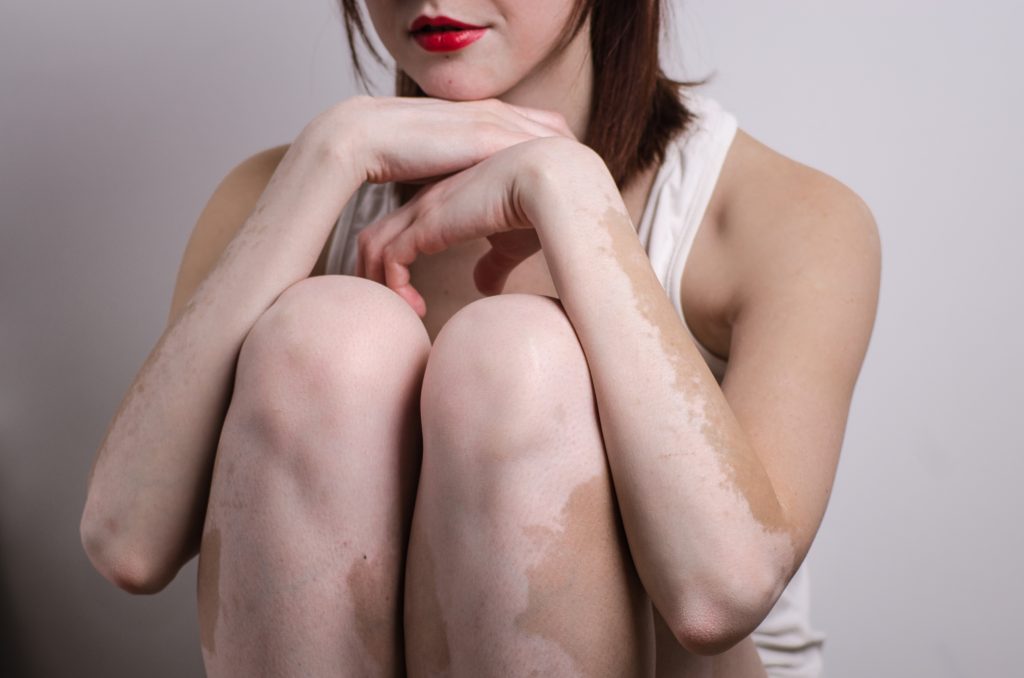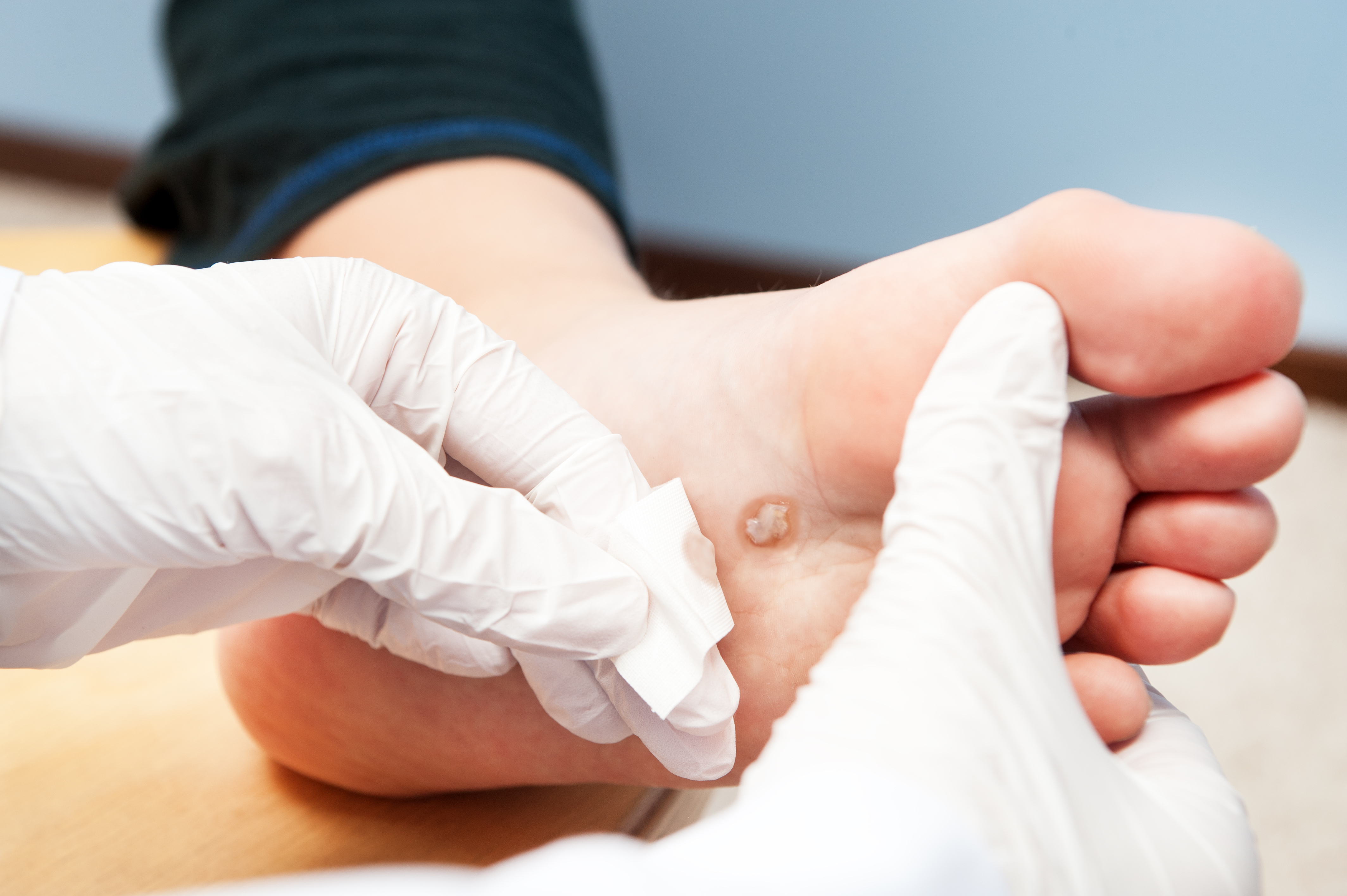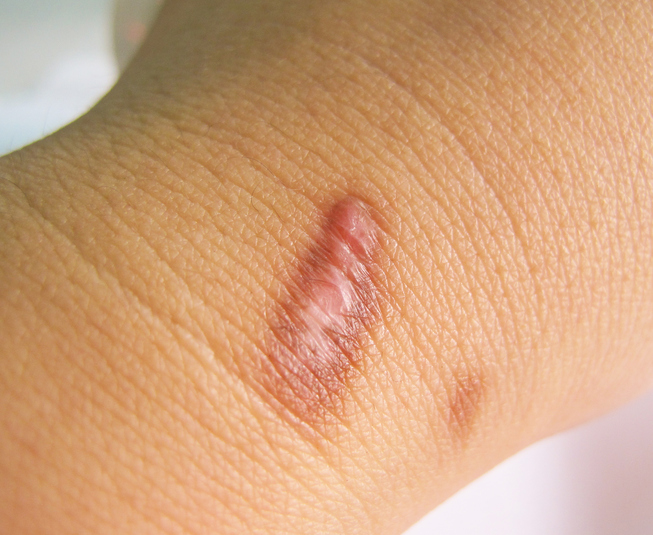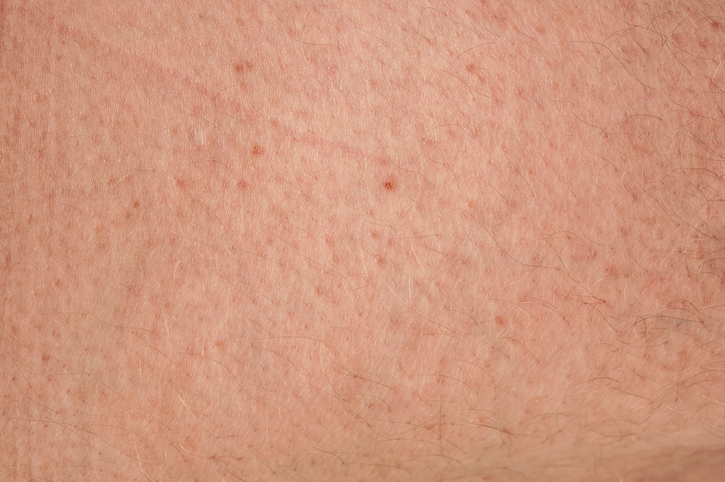Dr. John Ghidoni joined Hill Country Dermatology in April 2016 relocating from Austin, Texas, where he had practiced for 28 years.
A native of San Antonio, Dr. John Ghidoni attended John Marshall High School and Rice University before graduating from Texas Tech College of Medicine in 1983. He then did his residency in dermatology at the University of Tennessee where he served as chief resident his third year.
Dr. John Ghidoni then completed a fellowship in Mohs Micrographic Surgery with Dr. Rex Amonette in Memphis, TN. This additional year of training is required to become a member of the American College of Mohs Surgery. Dr. John Ghidoni has been a member (fellow) of the Mohs College since 1990.
When he is not practicing Dermatology, Dr. John Ghidoni enjoys playing golf, fishing, and spending time with his family.
Dr. John Ghidoni practices at U.S. Dermatology Partners Kerrville and U.S. Dermatology Partners Fredericksburg, formerly Hill Country Dermatology. Contact our office today to book an appointment.
Specialties and Affiliations
- American Board of Dermatology
- Fellowship-Trained Mohs Surgeon


